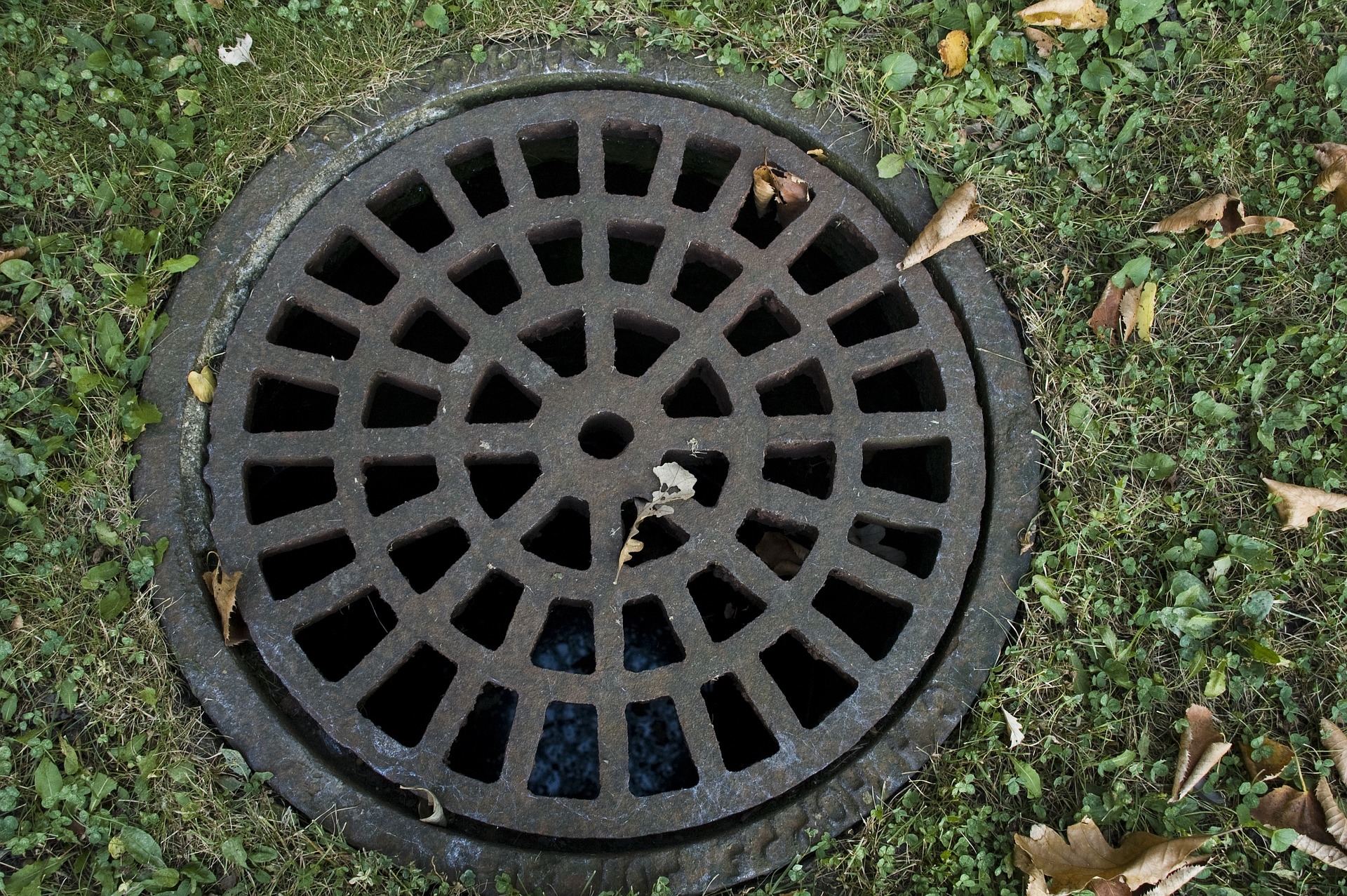Increasing spare capacity:
- River dredging- this is when machinery is used to remove accumulated sediment from the riverbed through suspension and traction. This increases the depth of the river, which allows it to hold a higher peak discharge, reducing the risk of the river flooding when run off enters.
- River embankment- this is when organic material is used to build up the sides of the river, which increases the depth of the river allowing it to hold more discharge from surface run off. This will reduce the risk of the river flooding. However, it creates a trade off with the aesthetics.
- Channelization- this is when rivers are straightened and its direction of flow controlled. This allows urban planners to redirect the river from high risk areas that are at risk of flooding like residential estates. This also makes the river appear more appealing and improves the aesthetics in the area.
Case study: Lambdrove, Cambourne, West Cambridge
This was a project that was partly funded by an eu body that aimed to showcase how suds can be implemented into a housing estate. The project had built 35 affordable houses implemented with suds.
| Positives | Negatives |
|---|---|
| 8 SUDS in a 6 kilometre squared area | Initial cost is cheap but maintenance and repair costs are expensive |
| SUDS included swales, retention ponds, pervious pavements and water butts, | Specialist drainage experts are needed to implement sudds butts are in high demand |
| The pervious pavements had improved water quality reducing metal concentration like zinc by 66% | Only sub sites can be implemented in urban areas like water bots and green roofs due to limited space |
| The water butts had created a recreational activity for residents like gardening |
Case study: Cheonggcheon river restoration
- The aims of the project was meant to pedestrianize the green corridor and remove the overhead pass due to structural concerns.
- The project involves cleaning up the river and the authorities had introduced salmon into the river to increase biodiversity. Also, the debt for the river is being kept an average depth or 40 centimetres, being pumped by the nearby Hangang river. In conjunction with this, the authorities had created a public park surrounding the river, which increases the magnitude of vegetation leading to an increase in the rate of photosynthesis. This will produce water vapour as a by-product which calls the surrounding area, reducing the impact of the urban heat island effect, producing according effect at the CBD cools by 0.5 degrees.
- The creation of the public park [containing a variety of plants] and the salmon creates an educational resource for local school children.
- The public parks was marketed by the authorities as a popular tourist attraction, which had the indirect effect of property prices rising over 50%. This was a benefit for homeowners who had a more valuable asset, but tenants lose out because they face higher rents, which would force them to relocate.
- As part of the redevelopment the authorities had removed the overhead pass due to structural concerns, however this was heavily protested by transport experts who had argued that this would increase congestion in other parts of the city, which it did. Speeds around the city had fallen by 12%.
- The pedestrianisation of the green corridor meant that the Daegenam Plaza Businesses had to change their logistics operations in order to coordinate this new change. This had a negative impact on the economic activity as businesses struggled too restock their products. Therefore, as a compromise the authorities had increased parking spaces and relaxed parking legislation around the Plaza. this is an example of how the project had failed to foresee such issues and we’re not inclusive of everyone
- In 2005, there was a protest of how the green corridor was inaccessible for disabled people. As a compromise, the authorities had added 24 bridges and 10 lifts after the protests. Another example of how the project had failed to be inclusive.
